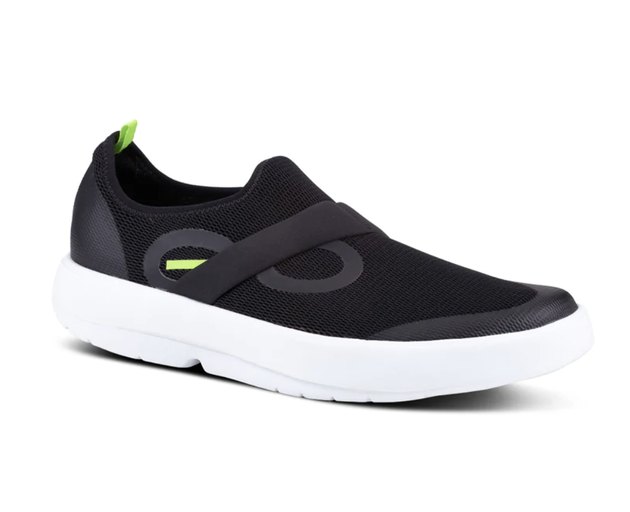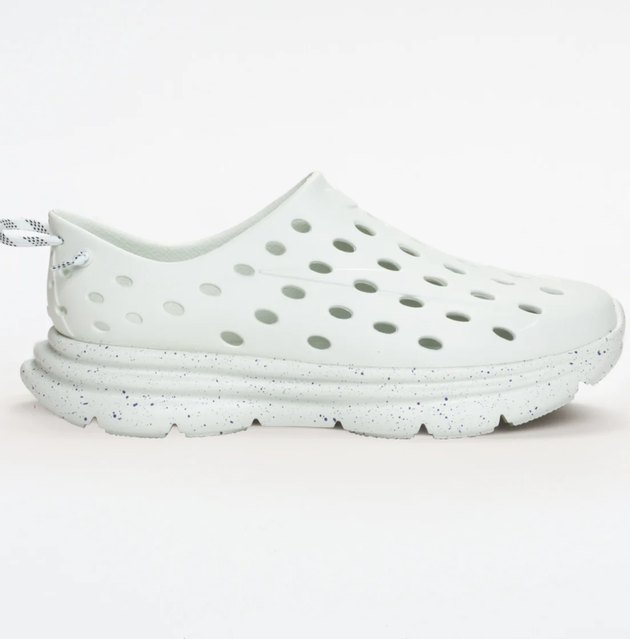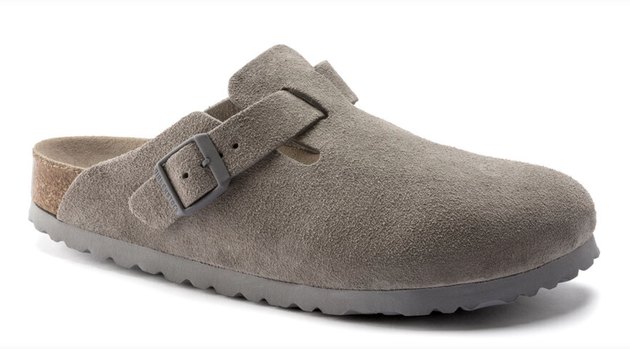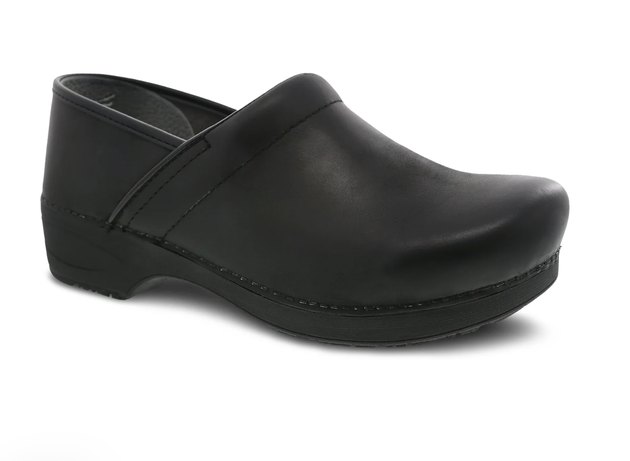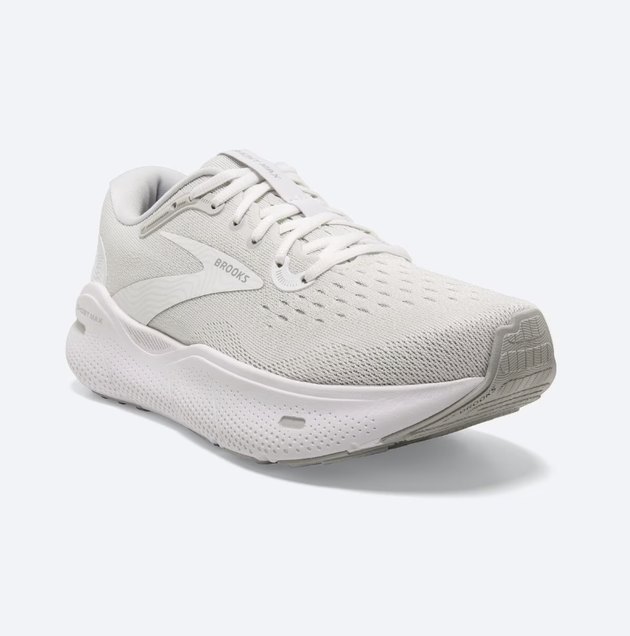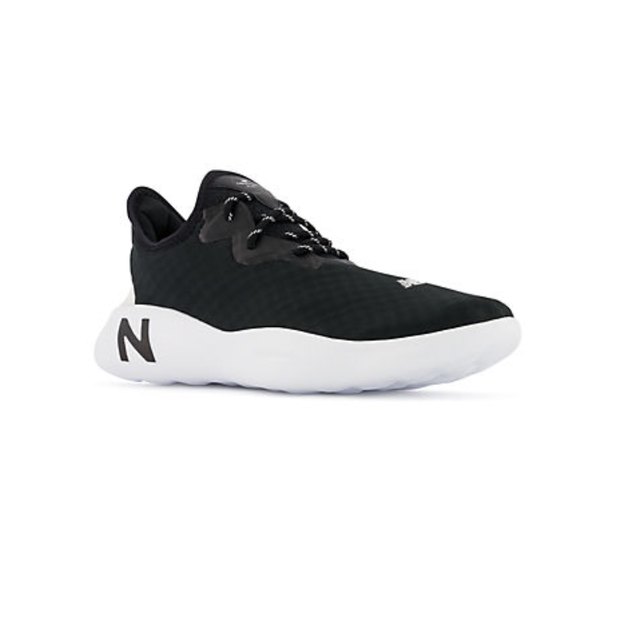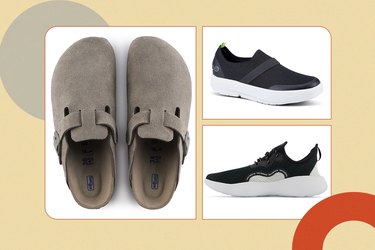
As winter approaches, so does cold, slushy, wet weather. And while there's nothing like swapping your running or cross-training shoes for a recovery sandal after a hot summer workout, you may find that as temperatures drop, you want something with a bit more coverage to wear after your exercise session.
To help you choose, we gathered up some of the best cold-weather recovery shoes on the market. These include models that can be worn before, during and after your workout, some that are more athletic styles and some that you can comfortably wear to the office.
Video of the Day
Video of the Day
We also reached out to top experts in the field to determine what you should look for in a recovery shoe and how they work to help you bounce back from your toughest workouts. Check out our top picks below, as well as a guide on how to choose the right one for you.
How We Chose
We picked the six best recovery shoes for winter based on our own expertise testing gear as well as reviews left by people who have purchased these items for themselves. We also contacted experts in the field to give advice on how to choose these shoes and what to look for.
To determine which shoes were best, we considered the following criteria. You can learn more about how we cover products here.
- Price
- Material
- Design
- Comfort
- Versatility
A Quick Language Note
We make deliberate choices about the language we use when it comes to gender. But because manufacturers typically market shoes according to gender, we've listed both women's and men's picks below.
However, the main difference between most men's and women's shoes lies in the shoe width and size. In some cases, men's shoes are built to support greater weights. So people with bigger bodies may want to opt for men's versions, whereas people with smaller bodies may prefer women's versions.
The 6 Best Cold-Weather Recovery Shoes
1. OOFOS OOmg Low Shoe
One of the most well-known recovery shoe brands, OOFOS is at the top of the game. And while they initially gained popularity from their thong sandal, the OOmg Low Shoe has the same material on the midsole (the area between the ball and heel of your foot) with the addition of a breathable, four-way-stretch fabric.
This shoe can be worn with or without socks, which makes it great for all seasons. And because the upper (the part of the shoe that covers your foot) is so stretchy and flexible, it's great for people who have foot issues, like bunions.
The brand's signature OOfoam, which is used for the midsole, absorbs up to 37 percent more shock than comparable foams. The midsole is also molded to have a supportive shape that fills the arch of your foot and reduces stress on your feet, knees and back.
2. Kane Revive
While it may look closer to a Croc than a sneaker, the Kane Revive is a recovery sneaker designed to fit securely on your foot while offering maximum support and cushion. It's made from a sugar cane EVA foam, which is not only super light and soft, but also washable and surprisingly durable.
Though the holes in the upper do allow for chilly air to pass though when it's really cold out, it also allows your feet to breathe and stay dry. The shoe also has a molded midsole that supports your heel arch and instep, and it has raised nodes on the top of the insole, providing a moderate acupressure effect that stimulates blood flow in key pressure points.
3. Birkenstock Boston Soft Footbed
Birkenstocks may not advertise themselves as a recovery shoe, but we would be amiss to leave them out. One of our favorite options to use as a cold-weather recovery shoe is the Boston clog.
Not only is it one of the hottest shoes of the season, but it also has an extremely supportive cork footbed that molds to your foot as you wear it. This is also the soft footbed option, which adds a layer of extra cushion. If you haven't worn Birkenstocks before and are used to a softer foam midsole, you may prefer this option rather than the traditional cork because it takes less time to break in and generally feels comfortable right off the bat.
We also love this shoe for its versatility and wearability. Unlike many recovery shoes, you can easily dress these Birkenstocks if you're heading straight to the office or out to brunch after your workout.
4. Dansko XP 2.0
Dansko clogs are super popular in service industries like health care and the restaurant business for their supportive design, non-slip outsoles and ergonomic design.
These are stiffer than most recovery shoes, but because of their rigidity, they make a great choice for those with plantar fasciitis. The shoe's thick, stiff sole prevents your feet from bending and flexing, which can exacerbate plantar fasciitis symptoms.
The shoe has an EVA midsole, which provides shock absorption, and a wide toe box, which allows your toes to spread fully with each step. It also features a leather upper, which will mold to your foot over time, and it comes in 39 different color options.
Like the Birkenstocks above, this shoe also dresses up well, and it makes a great option for those who work in a professional setting.
5. Brooks Ghost Max
There are running shoes and there are recovery shoes — but there isn't often much overlap. The Brooks Ghost Max, however, challenges that idea.
This shoe is based on the original (and beloved) Ghost design, so the upper feels akin to the classic shoe. However, Brooks gave the Max a brand new, plush midsole made from their DNA Loft foam. The shoe also has a GlideRoll rocker, which decreases pressure and helps you roll through your foot.
This is designed as both a running and walking shoe, so it's great for those who want something comfortable and cushioned for recovery runs or just a supportive option after a hard workout. This shoe also works for those who wear neutral and stability shoes, and the wide base makes it great for people who have wider feet or use orthotics.
6. New Balance Fresh Foam RCVRY v3
One of the most stylish options on the list, the Fresh Foam RCVRY v3 is light, comfortable and has an easy slip-on design.
This shoe has a massaging footbed design that relaxes your feet with every step. The midsole is made with New Balance's super soft Fresh Foam, so it's both comfortable and shock absorbing.
The upper is made from a stretchy knit with mesh paneling. so it's easy to slip on and off your feet. It also has mesh patches in the mid-foot, which help your feet stay cool and dry. The RCVRY v3 is also fully machine washable, so you can clean it easily and don't have to worry about scrubbing.
How to Choose a Winter Recovery Shoe
Choosing the right recovery shoe for you can be a bit of trial and error. But to help make the process easier, we spoke to certified personal trainer and strength and conditioning coach Rachel MacPherson, CSCS, CPT, and podiatrist Suzanne Fuchs, DPM.
When looking for your perfect fit, there are a couple of factors to consider, according to MacPherson and Dr. Fuchs.
1. Cushioning
Look for shoes with ample cushioning, particularly in the midsole and heel areas. This helps absorb impact and reduce stress on your feet and other joints.
"Look for shoes that absorb impact and rebound slowly to boost workout recovery and soothe joints and muscles after long work days on your feet," MacPherson says. "Dense foam and supportive cushioning without too much rebound is best."
2. Arch Support
Opt for shoes that offer good arch support, McPherson says. This helps maintain proper foot alignment and reduces strain on your arches.
3. Breathability
Choose shoes made from breathable materials to allow air circulation and prevent excessive sweating or discomfort.
4. Flexibility
Look for shoes that offer flexibility in the forefoot area. This allows for natural foot movement and prevents stiffness.
5. Fit
Ensure that your shoes fit properly. They should have enough room for your toes to move comfortably and a secure closure system to keep your feet stable, according to McPherson.
6. Stability
Consider shoes with a stable base and good traction to prevent slips or falls, especially if you'll be wearing them on many different surfaces.
Tip
If you're having trouble determining which shoe style is best for you, reach out to your podiatrist or a fellow athlete for a more personalized suggestion, Dr. Fuchs says.
Benefits of Recovery Shoes
Recovery shoes may seem trivial, but they can actually affect your recovery process a great deal. Because they're made from high-density foam, they're able to absorb shock better than most other shoes, which helps give your bones and joints a break after a run or HIIT workout, for instance.
Most recovery shoes also have a supportive arch. This helps to cradle your feet and keep you in proper alignment — especially after strenuous exercise where your arches may not be holding themselves as well as they normally would due to fatigue.
They also generally have a wide toe box, which helps your feet relax and spread as they naturally should. If you have any swelling in your feet, recovery shoes will remain comfortable and won't squeeze or put unnecessary pressure on them.
